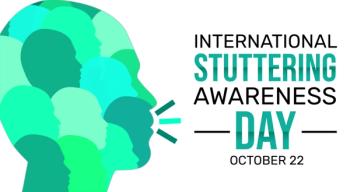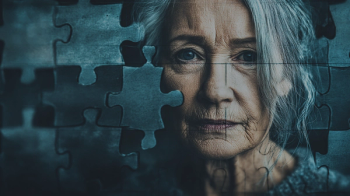
Eating Disorders & Neuromodulation: Treating Anorexia Nervosa and Bulimia
How can neuromodulatory treatments be used in patients with eating disorders?
The eating disorders
While there are gold standard treatments for BN that produce remissions in about two thirds of patients, many do not respond to these standard treatments. The situation for AN is much bleaker, with perhaps only 50% making an eventual recovery. There has been little progress in the development of new treatments in either condition for several decades.
Neuromodulation refers to treatments that attempt to directly affect brain circuitry function. Two such treatments are
DBS has been used for decades in the treatment of movement disorders such as
Another critical advance has been the development of functional magnetic resonance imaging (fMRI), which allows for the direct visualization of brain circuitry function at rest or in response to an intervention.
There is a limited literature describing the use of these techniques in AN or BN. For rTMS, one open pilot study of 30 subjects with bingeing and purging at a normal or low weight showed a > 50% reduction in bingeing and purging in about 60% of those receiving 20 to 30 rTMS treatments targeting the DMPFC.1 This response was correlated to reduced levels of pretreatment connectivity between the striatum and the DMPFC. Interestingly, about 20% of participants experienced transient worsening of their symptoms, this being correlated to higher levels of pretreatment connectivity between the same 2 areas.
There is 1 substantial trial of rTMS in AN.2 In this trial, participants were offered live versus sham rTMS delivered to the DLPFC. After 20 sessions delivered over 4 weeks, there were small changes in
There is a limited literature on the use of DBS in AN. All trials to date have enrolled individuals with chronic, treatment resistant AN who were viewed as at a high risk of a premature death. The largest trial to date is an open label trial that enrolled 22 participants who received stimulation of the subgenual cingulate.3 At 1 year follow up, there were significant increases in weight, and significant decreases in
A second trial enrolled 7 participants who received stimulation to the nucleus accumbens.4 At 1 year, while there were significant reductions in eating disorder and other psychiatric symptoms, there was no change in BMI. Finally, a third trial assigned 8 participants to receive either subgenual cingulate or nucleus accumbens stimulation depending on their comorbidity status, with participants exhibiting depressive symptoms receiving subgenual cingulate stimulation and those with prominent anxiety symptoms receiving nucleus accumbens stimulation.5 The trial included a cross over design at 6 months: the paper in question only reports on the initial 6 month period of the trial. Five of 8 participants experienced a > 10% increase in BMI over the course of the 6 months, and there were significant improvements in other psychiatric symptoms over the course of 6 months. BMI increases were not broken out by location of stimulation.
The results of all these trials suggest that further investigating neuromodulatory treatments for AN and BN could provide benefit to some patients. The use of rTMS in BN requires replication with a double blind, placebo-controlled trial: one such trial was underway prior to the pandemic, but had to be abandoned. For AN, the development of novel rTMS protocols/targets might prove to be helpful. DBS of the subgenual cingulate appears to help a subgroup of patients: while the rates of improvement may seem modest, it must be remembered that these are individuals who have exhausted all other treatment options. Ideally, a suite of neuromodulatory interventions would be available, ranging from less to more invasive, offering patients multiple options.
Dr Woodside is a professor in the Department of Psychiatry at the University of Toronto.
References
1. Dunlop K, Woodside B, Lam E, et al.
2. Dalton B, Bartholdy S, McClelland J, et al.
3. Lipsman N, Lam E, Volpini M, et al.
4. Scaife JC, Eraifej J, Green AL, et al.
5. Villalba Martínez G, Justicia A, Salgado P, et al.
Newsletter
Receive trusted psychiatric news, expert analysis, and clinical insights — subscribe today to support your practice and your patients.













